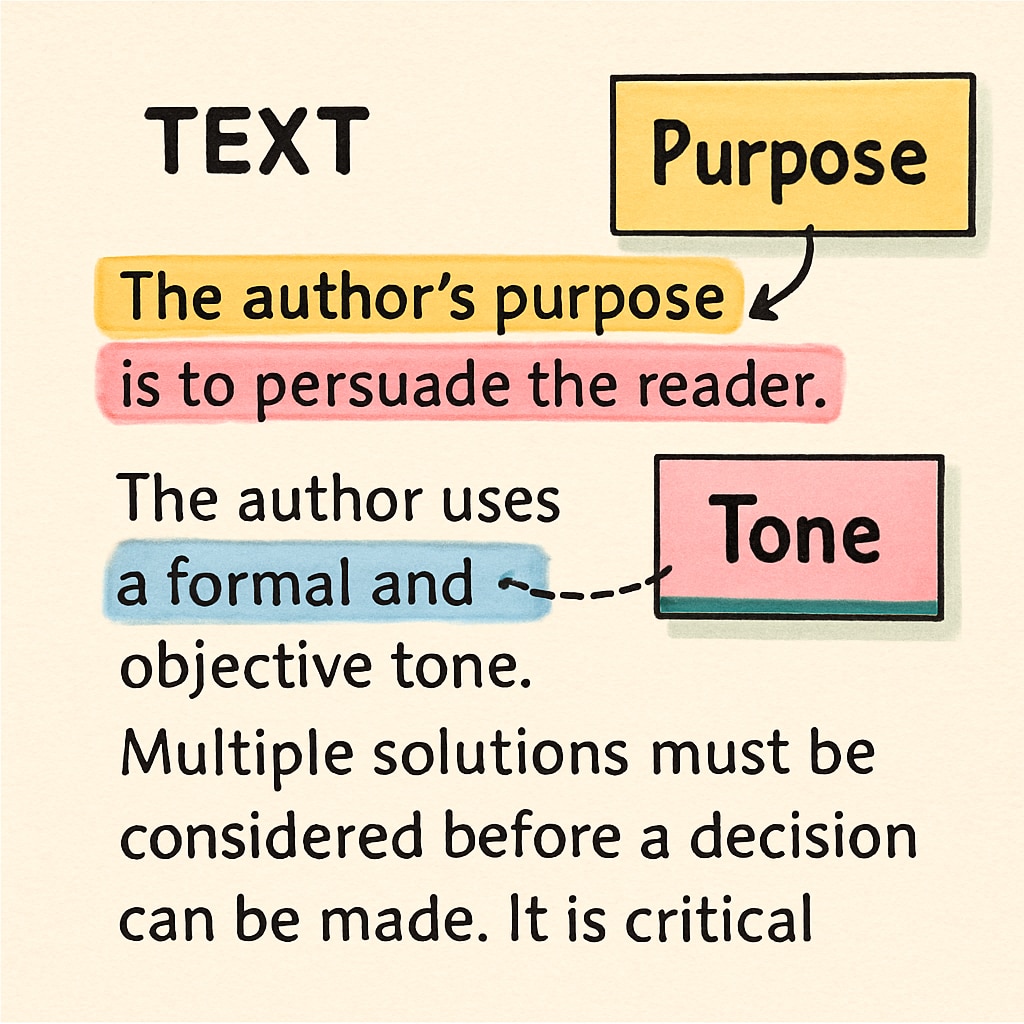For many K12 students, the Functional Skills English Level 2 reading exam poses a significant challenge, particularly in identifying the purpose of a text. Accurately determining whether a passage is meant to inform, explain, or persuade often feels like deciphering a code. This article explores systematic strategies and practical tips to help students confidently approach this skill, ensuring success in their exams.

Understanding Text Purpose: The Core of Reading Comprehension
In the Functional Skills English exam, understanding the purpose of a text is fundamental. Each passage is crafted with a particular goal—whether to inform, explain, or persuade the reader. Recognizing these intentions not only aids in answering specific questions but also deepens overall comprehension. Yet, many students struggle with this skill due to a lack of clear methods or sufficient practice.
The purpose of a text can usually be categorized into three main functions:
- Inform: These texts aim to provide facts or details. Examples include news reports, manuals, or informational posters.
- Explain: These passages clarify processes or concepts, such as “how-to” guides or scientific explanations.
- Persuade: These texts attempt to influence the reader’s opinion or behavior, often found in advertisements, opinion articles, or speeches.
To succeed, students must first familiarize themselves with these categories and their associated linguistic features.
Practical Strategies to Identify Text Purpose
Identifying the purpose of a text becomes simpler with the following systematic approach:
- Analyze the Title: Titles often provide clues about the text’s intention. For instance, a title like “The Benefits of Regular Exercise” suggests a persuasive purpose.
- Pay Attention to Language and Tone: Informative texts use neutral language and factual details, while persuasive pieces often employ emotional or opinionated language.
- Look for Structural Markers: Check for headings, subheadings, bullet points, or numbered lists, which can indicate explanatory or informative texts.
- Examine the Opening and Closing Sentences: The introduction typically sets the tone and purpose, while the conclusion reinforces it.
Practicing these steps on various sample texts can significantly improve a student’s ability to recognize text purposes quickly and accurately.

Common Pitfalls and How to Avoid Them
While the strategies mentioned above are effective, students often encounter pitfalls that hinder their performance. Awareness of these errors can help avoid them:
- Overlooking Context: Ignoring the context of the passage can lead to misinterpretation. Always consider the audience and setting of the text.
- Focusing Only on Keywords: While keywords like “must” or “should” indicate persuasion, relying solely on them without considering the overall tone can be misleading.
- Time Pressure: Rushing through passages can result in missing critical details. Practice timed reading exercises to build familiarity and speed.
For further insights, students can explore resources like the Reading Comprehension Guide on Wikipedia or the Reading Education Overview on Britannica.
Final Tips for Exam Day Success
On the day of the Functional Skills English exam, students should keep the following tips in mind:
- Stay Calm: Anxiety can cloud judgment. Take deep breaths and focus on one question at a time.
- Use Process of Elimination: If unsure about the text’s purpose, eliminate options that clearly do not fit.
- Review Answers: Spare a few minutes to revisit challenging questions, ensuring no detail is overlooked.
By combining preparation with these strategies, students can approach the exam with confidence and clarity.
Mastering the skill of identifying text purposes not only ensures better exam performance but also enhances lifelong reading comprehension abilities. With consistent practice and a focused approach, students can unlock the “code” of Functional Skills English exams and achieve their academic goals.


